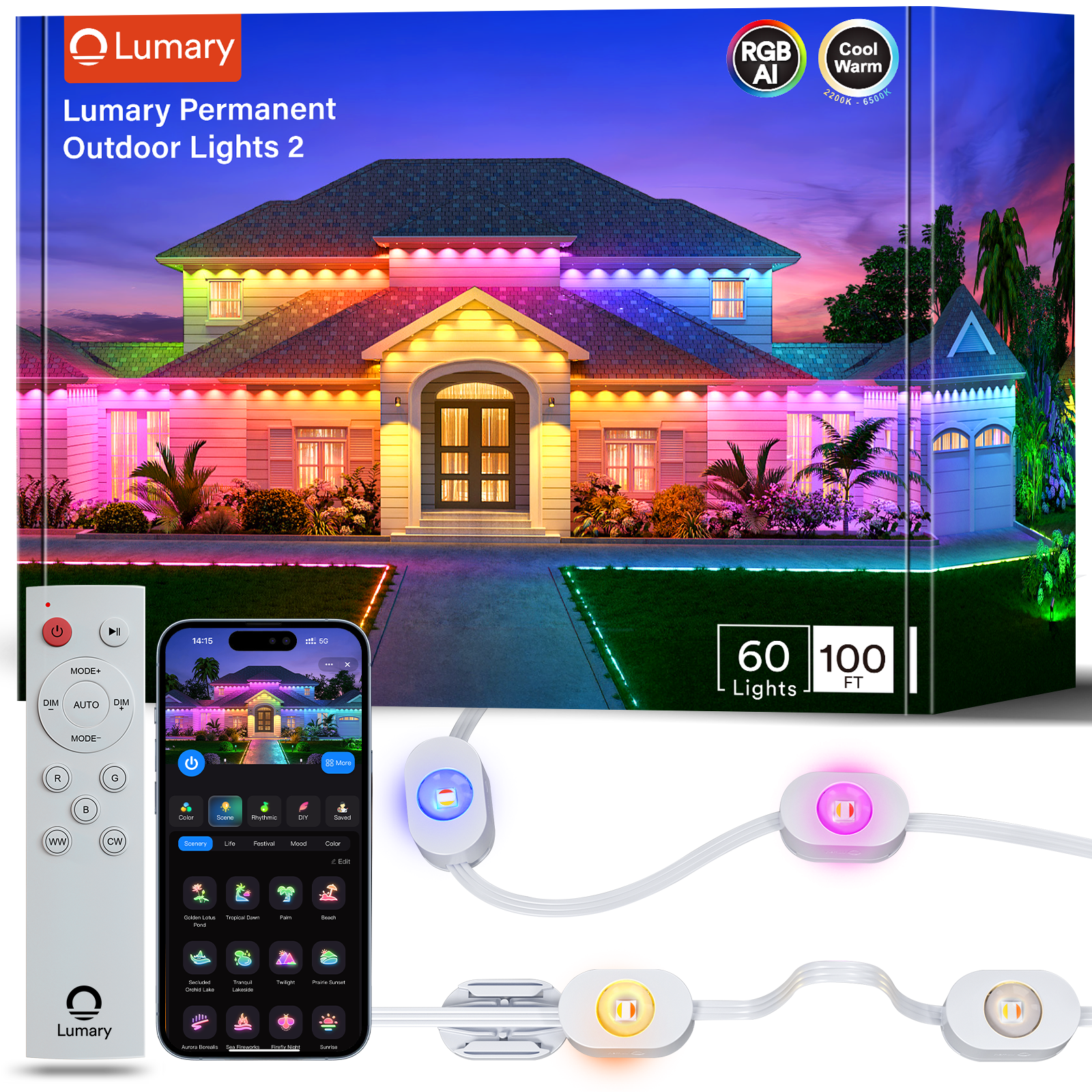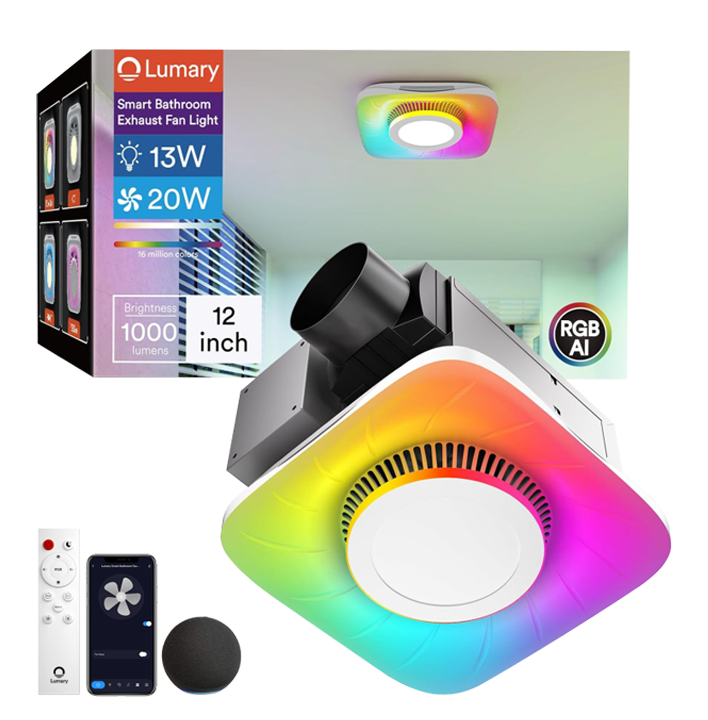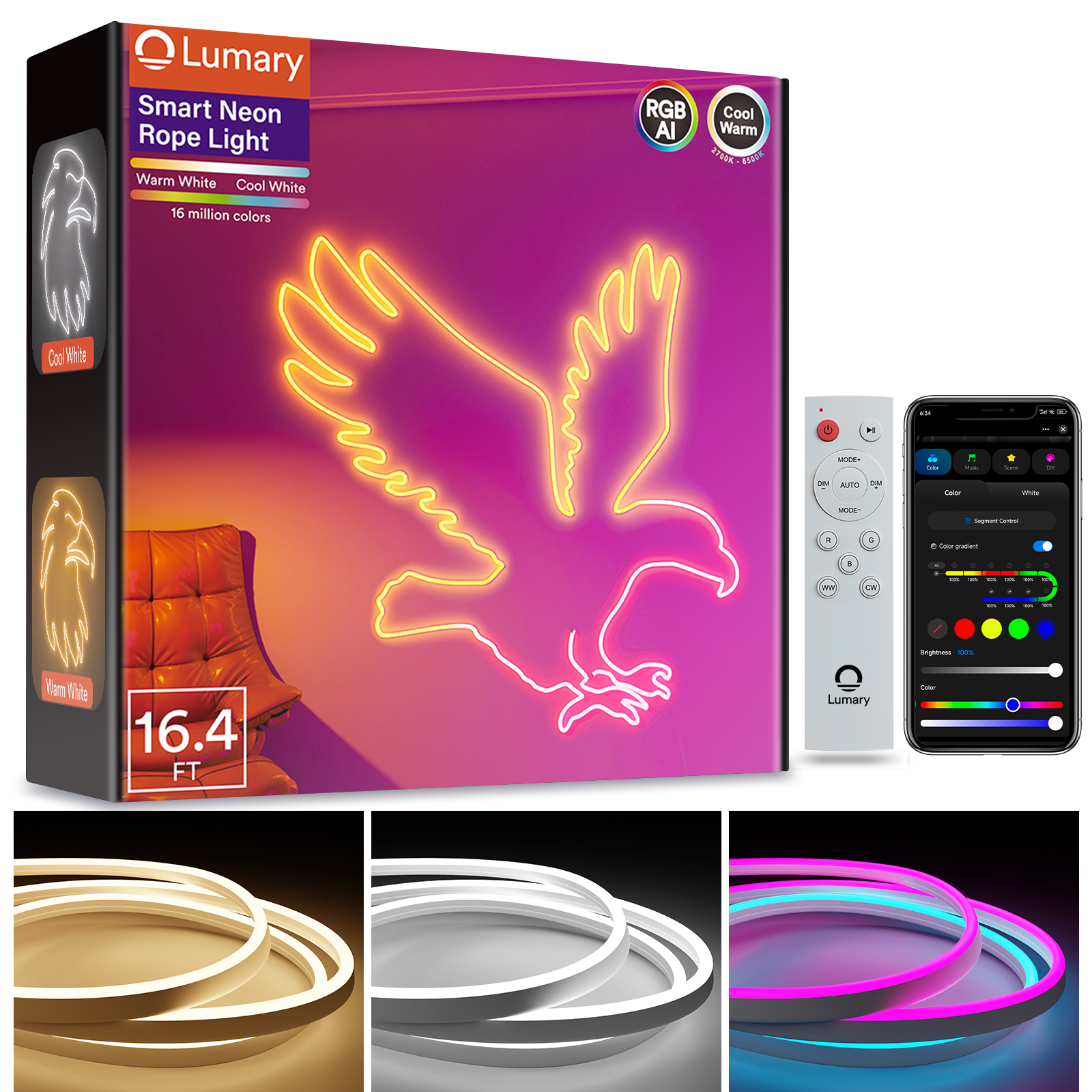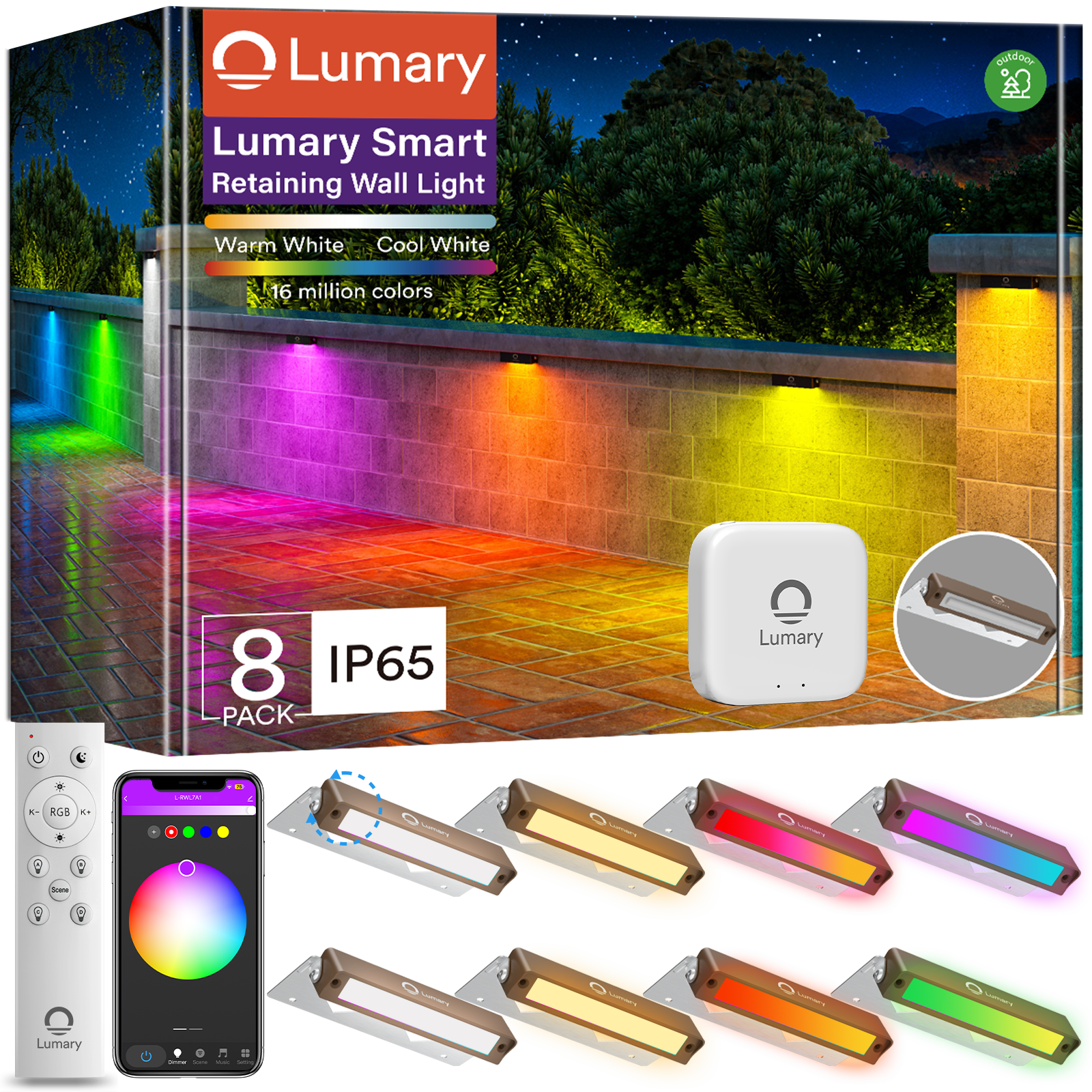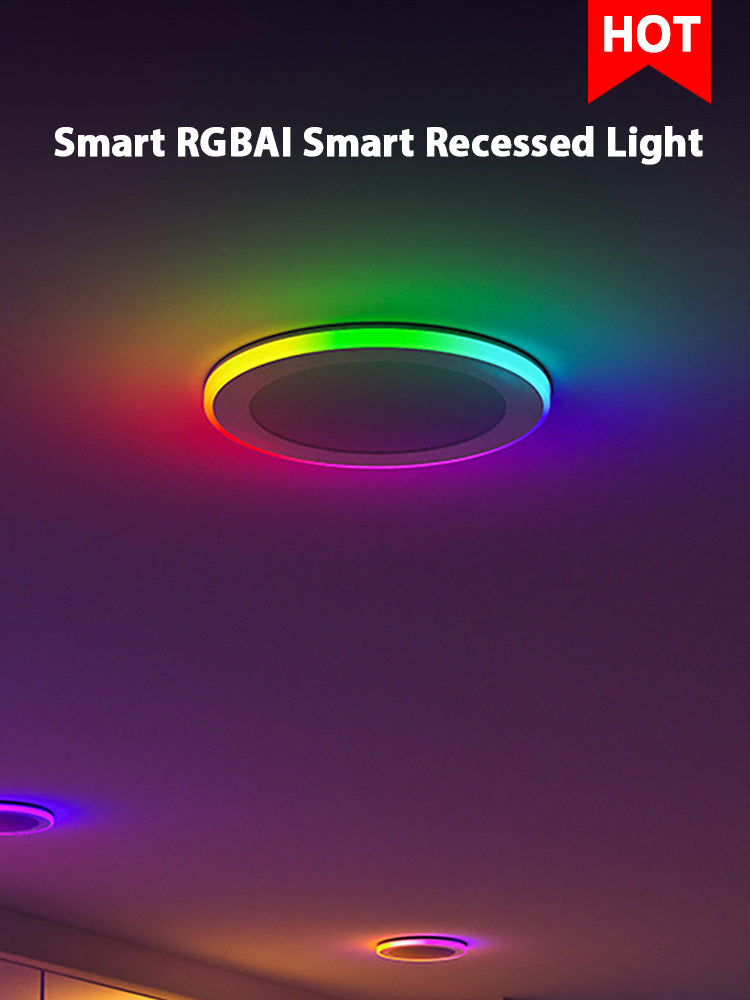If you want the best permanent outdoor lights, you must install them right and take care of them often. Outdoor lighting ideas do more than look nice. They help keep people safe and stop accidents. They also make your home safer. You can make your home feel warm for friends and family. Here are some ways permanent outdoor lighting helps:
-
You make paths and steps safer by lighting them up.
-
You help stop crime and make your home safer.
-
You help people do more things outside at night.
-
You help your home look special and friendly.

Key Takeaways
-
Make a plan for your outdoor lights. Try to keep things safe and nice-looking. Mark important spots like walkways and doors. This helps spread the light evenly.
-
Pick strong fixtures that can handle bad weather. Use LED bulbs for lights that last long and save energy.
-
Put in the lights tightly with the right tools. Use waterproof boxes to cover the wires. This keeps your lights safe and steady.
-
Clean and check your outdoor lights often. Do this at least two times each year. This helps them stay bright, safe, and working right.
-
Try smart controls and energy-saving choices like LED and solar lights. These give you pretty lights and help you save money and time.
Installation Basics
Planning Layout
Getting the layout right is the first step to a great installation. You want your outdoor space to look good and feel safe. Start by thinking about what you want your lights to do. Do you want to show off your garden’s best features or make your walkways safer at night? Sketch your yard and mark where you want each light. This helps you see how your lighting design will look before you start.
-
Decide the main purpose for your lights—security or style.
-
Mark key areas like paths, steps, and entryways.
-
Plan wire runs so you can connect all your lights easily. Try to keep the layout simple for easy maintenance.
-
Bury low-voltage wires about 6 inches deep to protect them and keep your yard tidy.
-
Think about wire length and thickness. Thicker wires work better for long runs and help prevent voltage drop.
-
Pick a wiring method that fits your space. You can use a daisy chain, hub, T, or even a mix for tricky spots.
-
Use strong, weather-resistant wires for long-lasting performance.
Tip: Place your best permanent outdoor lights higher up for a soft glow and better pathway safety. Even spacing helps you get even light coverage and highlights your favorite features.
Surface Preparation
A good installation starts with clean surfaces. Dirt and dust can stop adhesives from sticking, so always clean the area first. Use Windex or alcohol pads to wipe down walls, posts, or fences. Make sure everything is dry before you start.
-
Check that your surfaces are flat and stable. This helps your lights stay put.
-
For stone or brick, use compacted gravel to make a level base. This keeps water away and gives extra support.
-
Apply adhesive in thick, even lines about 4 inches apart. Press the fixture in place and hold it with clamps or weights while it sets.
-
Let the adhesive cure for at least 24 hours before you put any weight on it.
-
Always check for movement or wear after installation. If you see any problems, fix them right away.
Note: Install your best permanent outdoor lights when the weather is warm. Adhesives stick better and cure faster in mild temperatures.
Fixture Selection
Choosing the right fixtures makes a big difference in how your outdoor lights look and last. The best permanent outdoor lights use strong materials and smart features. Look for fixtures made from stainless steel, brass, or tough plastic. These materials stand up to rain, sun, and even salty air.
-
Pick fixtures with a weatherproof rating of IP65 or higher. This keeps out water and dust.
-
Go for LED lights. They last longer, use less energy, and need less maintenance.
-
Choose powder-coated or anodized finishes for extra protection.
-
Use corrosion-resistant screws and waterproof boxes to keep your wiring safe.
-
Avoid putting fixtures right in the path of sprinklers or heavy rain.
Tip: If you live near the ocean or in a rainy area, look for marine-grade features. These lights resist rust and last longer.
Secure Mounting
You want your lights to stay put, even in bad weather. Secure mounting is key for a safe and sturdy installation. Always use the right hardware for your surface.
-
For wall-mounted lights, pick a flat, strong spot like a wall or wooden post.
-
Post-mounted lights need a solid lamp post or a pier-mount adapter. You can put these on the ground, on a wall, or on a fence.
-
Make sure the post and the light base fit together snugly.
-
Use screws, mounting clips, or brackets to hold everything tight.
-
Double-check all electrical connections. Loose wires can cause problems and affect safety.
Safety Reminder: Never rush this step. Secure mounting keeps your best permanent outdoor lights working and protects your home’s features.
Power and Safety
Powering your lights safely is just as important as picking the right features. Always follow local rules and use safe wiring methods. If you’re not sure, ask a pro for help.
-
Use waterproof junction boxes to protect your connections.
-
Keep wires away from places where people walk or mow the lawn.
-
Test your system after installation. Make sure every light works and all features function as planned.
-
If you use adhesives, install in warm weather so everything sticks well.
-
Always check for exposed wires or loose parts. Fix them right away to keep your lighting design safe.
Tip: The best permanent outdoor lights come with built-in safety features. Look for lights with automatic shut-off or surge protection for extra peace of mind.
With careful planning, smart fixture selection, and secure installation, you can enjoy the best permanent outdoor lights for years. Your outdoor space will shine, and you’ll love the added safety and style these features bring.

Permanent Outdoor Lighting Solutions
Fixture Types
There are many kinds of permanent outdoor lighting. Each type works best in certain places. Here is a simple guide to help you pick the right one:
|
Fixture Type |
Typical Use Cases |
|---|---|
|
Step Lights |
These light up steps. They help people see and look nice. |
|
Landscape Flood Lights |
These shine on plants, trees, or your home’s best parts. They use wide, bright beams. |
|
Bollard Lights |
These mark paths and add style to your yard or garden. |
|
Post & Pier Lights |
These stand near plants or buildings. They help people see and make your home look better. |
|
Path Lights |
These guide people safely along walkways and paths. |
|
Outdoor Wall Lights |
These go on walls for safety and light. Some look like lanterns or point down. |
|
Wall Sconces |
These work well at doors and paths. Many have motion sensors for extra safety. |
|
Outdoor Ceiling Lights |
These are good for patios or porches with ceilings. They give soft, even light. |
|
Outdoor Floor/Table Lamps |
These add light and mood to social spots. Many use led bulbs to save energy. |
Many people like color-changing lights for holidays or seasons. These features make your outdoor lighting more fun and flexible.
Placement Tips
Putting your lights in the right spot makes them look good and work well. Here are some tips to help you get the best results:
-
Put lights about 5 cm from walls and 6 feet high for best results.
-
For entry doors, put lights at one-third the door’s height.
-
Use pathway lights every 6-8 feet to keep walkways safe.
-
Light up steps, driveways, and dark corners for more safety.
-
Use different kinds of lighting together for a balanced look.
-
Stop glare by picking the right brightness and angle.
-
Choose weather-resistant fixtures with at least an IP65 rating.
-
Try led lights for saving energy and longer life.
-
Add motion sensors and timers to save power and boost safety.
-
Smart features let you control your lights with your phone.
Tip: Solar lighting is great for sunny spots. It is easy to set up and good for the planet.
Power Source Setup
You have a few ways to power your permanent outdoor lighting. Each way has its own good points and costs. Here is a simple chart to compare:
|
Lighting System |
Power Source |
Reliability & Use Cases |
|---|---|---|
|
Low-Voltage Lighting |
Home electricity stepped down to 12V |
Very reliable, bright, and flexible. Good for paths, patios, and uplighting. |
|
Solar Lighting |
Solar panels with battery storage |
No wires needed, easy to set up, but needs sunlight. Best for sunny places. |
|
LED Lighting |
Works with both low-voltage and solar |
Very reliable, lasts long, and uses little energy. Good for most permanent outdoor lighting. |
Solar lighting is cheap and easy to use, but it does not work well in shade. Low-voltage systems take more work to install but give steady, bright light. Led fixtures save energy and last a long time.
Permanent outdoor lighting does more than just light up your yard. It keeps your home safe, makes it look better, and gives you peace of mind all year. With the right features and smart placement, you can enjoy safe and beautiful outdoor lighting for years.

Maintenance Guide
Keeping your permanent outdoor lights in top shape is easier than you might think. With a little routine maintenance, you can make sure your lights shine bright, stay safe, and last for years. Let’s break down the best cleaning tips for permanent lights, how to inspect your system, when to handle bulb replacement, and what to do if you spot damage.
Cleaning Routine
You want your outdoor lights to look great and work well. Dirt, pollen, and weather can make them dull or even cause damage. Regular cleaning is the secret to keeping them bright and beautiful. Most experts recommend cleaning your fixtures at least twice a year. If you live in a place with lots of dust or rain, you might want to clean them every season.
Here are some easy cleaning tips for permanent lights:
-
Use a soft cloth or sponge with mild soap and warm water. This helps remove dirt without scratching the surface.
-
Stay away from harsh cleaners or rough pads. These can damage the finish.
-
For tough spots or heavy oxidation, mix white vinegar and baking soda into a paste. Gently scrub with a toothbrush, then rinse and dry.
-
Always turn off the power before you start cleaning. Safety comes first!
-
Dry the fixtures well after cleaning to prevent water spots and rust.
Tip: Schedule regular cleaning in spring and fall. This keeps your lights looking their best and helps you spot any problems early.
Inspection Checklist
A good inspection keeps your lighting system safe and reliable. You should check your lights at least twice a year, right after cleaning. Here’s a simple checklist to follow:
-
Clean the fixtures, lenses, and transformers. Remove any dirt or buildup.
-
Test the voltage and amperage to make sure everything runs smoothly.
-
Tighten all connections and apply dielectric grease if needed.
-
Check timers, photocells, and control devices. Replace batteries if they’re low.
-
Move or adjust fixtures if plants have grown or if the light isn’t hitting the right spot.
-
Straighten and aim fixtures for the best effect.
-
Look for exposed or damaged wires. Rebury or repair them as needed.
-
Inspect seals and gaskets for cracks or wear. Replace them if you see damage.
-
Trim back any plants or branches that block the light.
-
Make sure all mounting hardware is tight and secure.
Note: Skipping maintenance can lead to dim lights, wiring problems, and even safety risks. Stay on top of your inspection routine!
Bulb Replacement
Even the best permanent outdoor lights need a new bulb now and then. Watch for these signs that it’s time for bulb replacement:
-
The light blinks or flickers after you turn it on.
-
The bulb looks dim or uneven.
-
You hear buzzing or crackling from the fixture.
-
The bulb feels loose or there’s dirt in the socket.
When you spot these issues, follow these steps for safe replacement:
-
Turn off the power to the fixture.
-
Gently remove the old bulb.
-
Choose a new bulb with the same type and wattage.
-
Install the new bulb securely.
-
Check all wiring and connections for corrosion or looseness.
-
Use insulated tools if you need to handle wires.
-
Turn the power back on and test the light.
Safety tip: Always check that the power is off before you touch any part of the fixture. This keeps you safe from shocks.
Damage Repair
Sometimes, things go wrong—storms, animals, or just old age can cause damage. The most common problems are water getting inside, corrosion, loose wires, or broken seals. Here’s how you can handle repairs and keep your lights working:
-
Clean away dirt, leaves, and debris that can cause overheating or rust.
-
Inspect seals and gaskets. Replace any that look cracked or worn to stop water from getting in.
-
Tighten all connections, especially after big temperature changes.
-
If you see exposed wires, rebury or cover them right away.
-
Use silicone sealant around fixtures to keep out moisture, but leave a small weep hole at the bottom so water can drain.
-
Trim plants and branches that might block or damage your lights.
-
After storms, check for water inside fixtures or broken parts and fix them quickly.
-
If you notice frequent problems or wiring issues, call a professional for help.
Pro tip: Most permanent outdoor lights are low maintenance, but a little care goes a long way. Immediate repair of any damage or malfunction keeps your system safe and bright.
By following these cleaning tips for permanent lights and sticking to a regular maintenance schedule, you’ll enjoy a beautiful, safe, and reliable outdoor lighting system for years to come.
Longevity Tips
Weatherproofing
You want your outdoor lights to last through rain, snow, and hot sun. Start by choosing fixtures with a high IP rating, like IP65 or higher. These lights keep out water and dust, so your lighting ambiance stays bright and safe. Seal all gaps with silicone to block moisture. Use waterproof wire connectors and cover them with electrical tape for extra protection. Place your lights on sturdy surfaces and angle them so water runs off, not in. GFCI outlets add another layer of safety by cutting power if moisture sneaks in. Clean and check your lights often. Look for cracks or signs of rust. Replace seals if they wear out. These steps help your lights keep their glow and protect your outdoor ambiance.
Energy Efficiency
If you want to save money and help the planet, focus on energy efficiency. LED lights use up to 80% less power than old bulbs. You get the same bright ambiance with much lower bills. For example, a 25-watt LED floodlight can replace a 150-watt halogen and still shine just as bright. Solar-powered lights work well in sunny spots and cost nothing to run. Smart lighting systems can dim or turn off lights when you do not need them, cutting energy use by up to 30%. With these choices, you enjoy a beautiful lighting ambiance and save money every month.
|
Bulb Type |
Average Lifespan (Hours) |
Years at 3 hrs/day |
|---|---|---|
|
Incandescent |
750 - 2,000 |
~0.7 - 1.8 |
|
Halogen |
1,000 - 2,000 |
~0.9 - 1.8 |
|
LED |
25,000 - 50,000 |
~22.8 - 45.6 |
LED lights last up to 50,000 hours. That means you can enjoy a glowing ambiance for over 20 years with very little maintenance.
Smart Controls
Smart controls make your outdoor lighting ambiance easy to manage. You can set timers or schedules, so your lights turn on and off by themselves. Use your phone to change the ambiance for parties, holidays, or quiet nights. Motion sensors turn on lights only when someone walks by, saving energy and boosting security. You can even pick different colors or brightness levels to match your mood. Smart controls help you keep the perfect ambiance, save time, and make your home safer.
Tip: With smart controls, you can enjoy the right ambiance every night without lifting a finger.
You can make your home safer and more beautiful with permanent outdoor lights. Remember to clean and check your lights often, replace bulbs quickly, and trim plants nearby. Smart controls and LED bulbs save energy and last longer. If you ever feel stuck, local experts offer design help, installation, and even free maintenance for a worry-free experience.
Enjoy a bright, safe yard every night—your outdoor space is ready for you! 🌟
FAQ
How often should you clean your outdoor lights?
You should clean your outdoor lights at least twice a year. If you live in a dusty or rainy area, clean them every season. This keeps your lights bright and working well.
Can you install permanent outdoor lights by yourself?
Yes, you can install them yourself if you follow safety tips and instructions. If you feel unsure about wiring or mounting, ask a professional for help.
What is permanent holiday lighting?
Permanent holiday lighting means you install lights once and use them for every season or event. You can change colors or patterns with a remote or app. No need to hang new lights each year.
Do LED outdoor lights save energy?
LED outdoor lights use much less energy than old bulbs. They last longer and help you save money on your electric bill. You also spend less time changing bulbs.
What should you do if a light stops working?
First, check the bulb and wiring. Replace the bulb if needed. If the light still does not work, look for loose wires or water damage. Fix problems right away to keep your lights safe.

